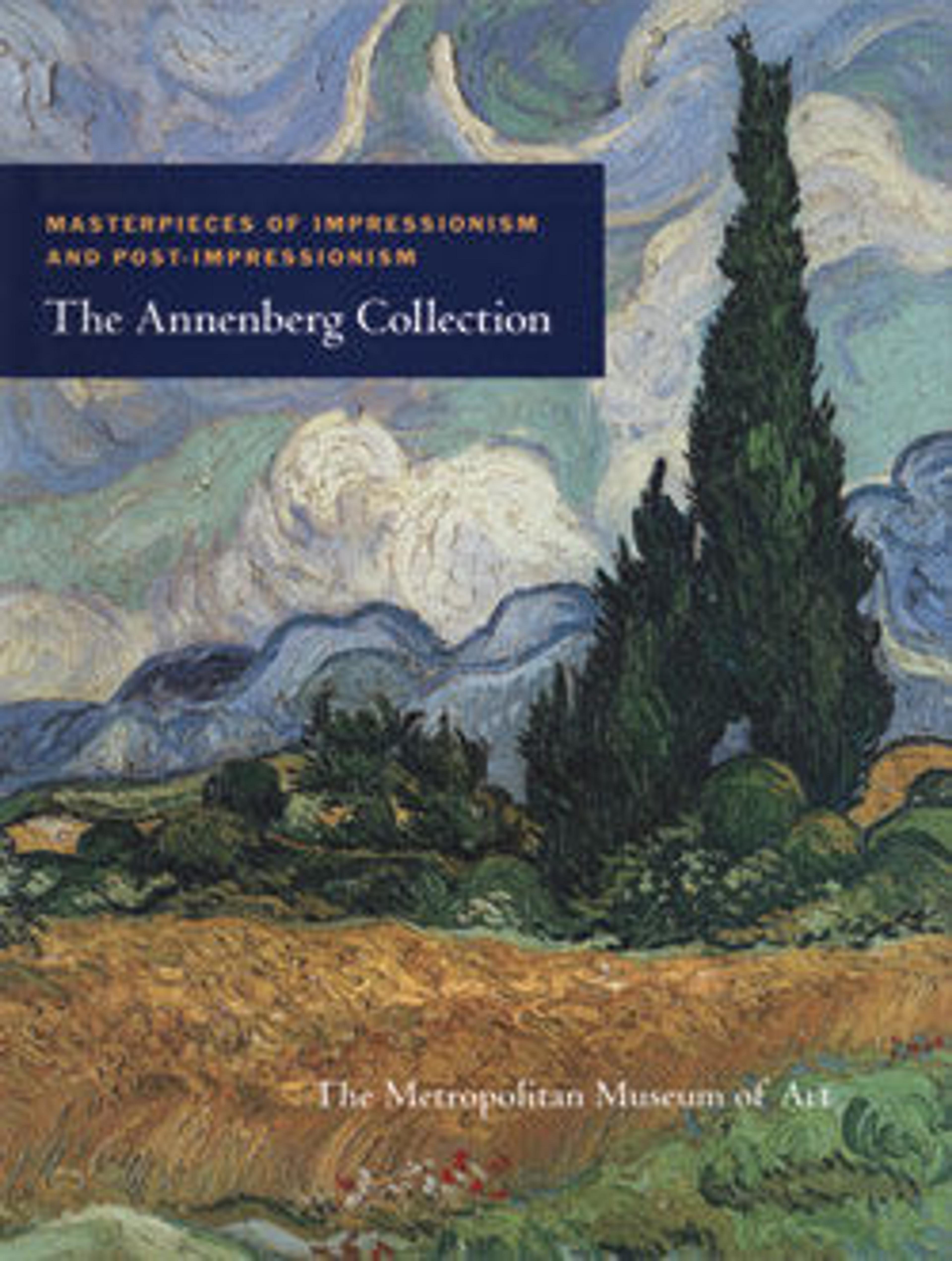Race Horses
Degas undertook racing scenes throughout his career, characteristically manipulating his horses and jockeys from one picture to the next. All the figures here appear in earlier works, and some of the poses have pedigrees even more distinguished than the horses: the prancing mount and rider at the center derive from Benozzo Gozzoli's Journey of the Magi in the Palazzo Medici-Riccardi, Florence, which Degas had copied in 1859. This picture is nevertheless unusual for its medium—pastel on a plain, unvarnished panel. With skillful economy of means, Degas allowed the wood to color the sky and distant landscape, and to provide a warm undertone for the turf in the foreground.
Artwork Details
- Title: Race Horses
- Artist: Edgar Degas (French, Paris 1834–1917 Paris)
- Date: ca. 1885–88
- Medium: Pastel on wood
- Dimensions: 11 7/8 x 16 in. (30.2 x 40.6 cm)
- Classification: Drawings
- Credit Line: The Walter H. and Leonore Annenberg Collection, Gift of Walter H. and Leonore Annenberg, 1999, Bequest of Walter H. Annenberg, 2002
- Object Number: 1999.288.3
- Curatorial Department: European Paintings
More Artwork
Research Resources
The Met provides unparalleled resources for research and welcomes an international community of students and scholars. The Met's Open Access API is where creators and researchers can connect to the The Met collection. Open Access data and public domain images are available for unrestricted commercial and noncommercial use without permission or fee.
To request images under copyright and other restrictions, please use this Image Request form.
Feedback
We continue to research and examine historical and cultural context for objects in The Met collection. If you have comments or questions about this object record, please contact us using the form below. The Museum looks forward to receiving your comments.
